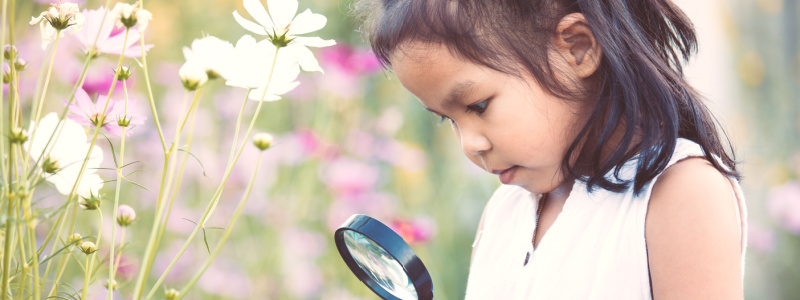The importance of the learning environment to young children
Posted on: March 19, 2024by Sar Harrop

Babies and young children thrive in good quality learning environments. From nurseries to forest schools, we take a look at what ingredients go into the best early years learning environments and what benefits they bring.
Why are early childhood learning environments important?
The environments in which babies and young children learn, play and socialise are a critical part of giving children the foundation they need to be successful learners for the rest of their lives. To get the best outcomes for children, spaces should ideally be designed to nurture children both academically and socially.
A high quality early years learning environment is so much more than the four walls and furniture. Beyond the physical space, it also includes the things that create the social spaces and the temporal environment throughout early childhood settings such as childminder child care, pre-school, nursery or early primary school. Early learning environments also include outdoor spaces such as nursery gardens and outdoor play areas or forest schools.
According to Birth to five matters, an organisation which provides non-statutory guidance for the UK government’s Early Years Foundation Stage (EYFS).
- Children thrive in environments that support their individual and diverse development needs.
- An enabling environment, ie a place where young children can develop, grow and flourish, offers children security, comfort, choice, engagement and opportunity.
- Children learn best when they have the opportunity to move, act, create, imagine, show independence and work with others.
Design considerations for early childhood learning environments
“The way the physical environment is designed and configured influences how children feel, act, and behave. The physical classroom environment allows growth and development through activities and materials in defined play areas. Room arrangement for play activity plays an important role in students’ social and language interactions. Poorly designed classrooms can cause disruptions and negative social interactions among students and/or between students and the teacher,” say Marlynn Clayton and Mary Beth Forton in their book ‘Classroom spaces that work.’
Furthermore, the physical environment is just one dimension to be taken into account. Dr. Christina Counts, VP of Education for MiEN, says there are three main components of early childhood education learning environments – not just physical, but also social and temporal, and each has its own set of considerations.
Physical environment
This is the overall design and layout of the space in which children learn. A well designed space is organised, comfortable and personable, providing a sense of belonging and well-being. It should take into consideration furniture, floor coverings such as play mats, walls and room dividers and perhaps even built in technologies. Furniture should reflect the size, physical abilities, and needs of children who will be using them, with a mix of standard backed chairs, adjustable height furniture for different age groups, soft seating options like beanbags and floor seating options. Active learning spaces should also be considered to offer a variety of ways to meet different learning needs, from one on one to independent, small group activities to whole class sessions.
Social environment
A functional social environment allows children to mingle and interact with their peers, teachers and family members. Social components of a classroom should support a variety of these classroom interactions. How the space is orientated, its flexibility and the materials and activities that promote interaction are all important here.
For example, the way desks or tables are oriented will set the tone for day-to-day interactions between children – facing each other for collaboration, clustered for smaller group work or laid out in rows to focus on whole-class activities or independent work. Mobile furniture keeps things flexible and allows the space to be reconfigured for different activities and presentations for different audiences and purposes.
The items and activities available are also key to designing a space that meets individual children’s interests and social needs, whether it’s a making space for developing fine motor skills, a free play area for developing social skills and imagination games, a reading corner for independent learning or a play shop or kitchen for dramatic play, taking turns and sharing.
Temporal environment
The temporal environment is the timing, sequence, and length of routines and activities that take place in early years learning settings. Temporal environments are about how the space is effectively used each day, from routines and schedules to the activities. Classroom schedules and children’s ‘jobs’ such as clearing away the plates at lunch or tidying away the toys, should be clearly displayed so that children always have access to the information they need, and the workspaces and supplies needed should be kept accessible.
The importance of outdoor play
Spending time in outdoor environments benefits children by offering them unique learning experiences, such as:
- seeing things at further distances and observing the horizon in open spaces
- experiencing the sensory stimuli of the natural world, from the sensations of wind and raindrops, touching natural materials such as leaves, stones and mud, hearing the sounds of nature and experiencing changes in natural light
- manipulating loose parts and other versatile resources
- engaging in energetic, appropriately risky and adventurous play
- being more physically active
- making sense of the world, and learning to care for their environment
- enjoying opportunities for imaginative play and collaboration with others
- benefitting from more relaxed interactions between caregivers/adults and children that tend to occur when playing and exploring outdoors
- experimenting with the larger scales of space, shape and measure.
Professor Helen Bilton, an Educational Advisor and author of ‘Playing Outside’ describes some further benefits of outdoor play based on her decades of research: “There is a freedom associated with the space which cannot be replicated inside. If children feel at home in a particular space it seems natural to teach them in that area; education should not be a chore but an enjoyable worthwhile occupation. Children playing and learning in an outdoor environment appear more active, absorbed, motivated and purposeful, and develop a more positive attitude to learning.
Secondly, the environment where we work and play affects our emotions. Children will often be less inhibited outside, and more willing to join in with activities, talk and come out of their shells. In overcrowded spaces children’s behaviour can change, some can become more aggressive, while others become more solitary.
Thirdly, outdoors is the perfect place to learn through movement, which is one of the four vehicles through which children can learn, the others being play, talk and sensory experiences. All of these happen more naturally outside, but with so much space and so many opportunities to move in different ways, the setting supports learning through movement particularly well.”
Providing the best learning environment for young children
The skilled educators behind early years learning can have a profound impact on young children, giving them the best head start and benefiting their future lives. Successful education lays the groundwork for a child’s ongoing education at a formative time when they are learning emotional and social skills that help them to interact and bond with parents, teachers and other children. The MA Education Early Childhood, North Wales Management School is for busy working professionals in early childhood education roles who want to reinforce their practical work experience with the education and early childhood theory, tools and techniques and hone their professional development.
This 100% online MA will help you to achieve career success as a practitioner in early childhood education. You’ll learn to combine a deep understanding of broader educational theory and practice with theoretical and practical experience of education in the early childhood context.





